Descripción
Introducción
Overview of the importance of Chemical Injection in the O&G industry
Chemical injection plays a pivotal role in the Oil and Gas (O&G) industry, acting as a key catalyst in optimizing production efficiency and ensuring the longevity of key infrastructure. Se usa en diversas aplicaciones, desde mejorar la recuperación de aceite en campos maduros hasta mitigar la corrosión, la escala y la formación de hidratos en tuberías y equipos. By injecting precise amounts of specific chemicals into the well or pipeline, operators can control the physical characteristics of the fluid, prevent the buildup of harmful substances, and maintain optimal conditions for O&G extraction and transportation. This not only boosts overall productivity but also reduces operational costs and extends the life of the infrastructure, making chemical injection an indispensable element of the O&G industry.
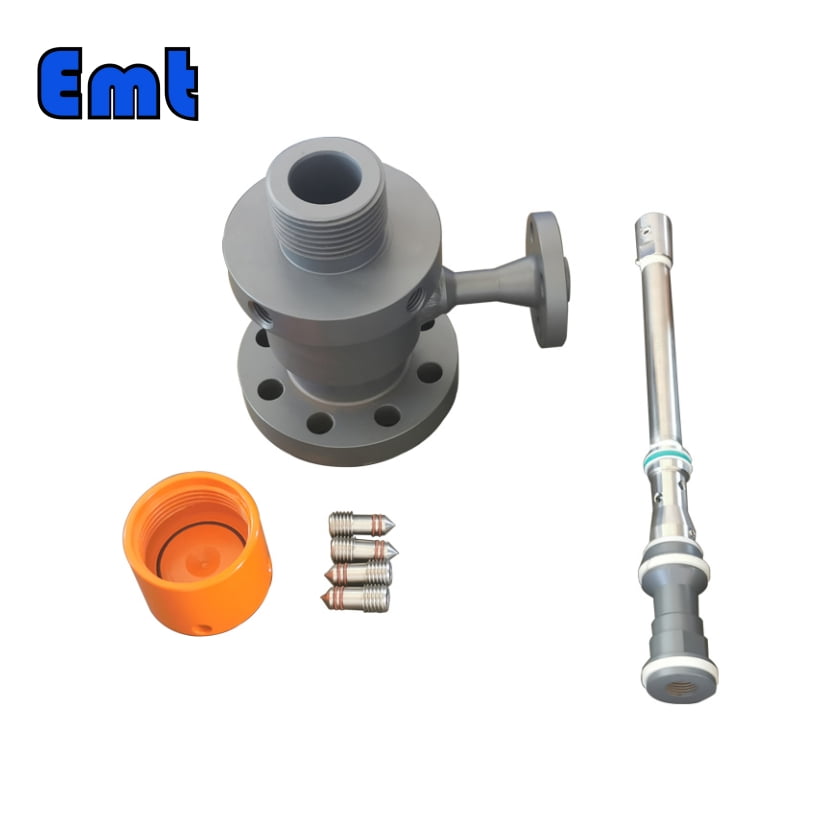
Comprender la inyección química
Defining Chemical Injection within the O&G industry
Chemical injection in the Oil and Gas (O&G) industry refers to the process of introducing specific chemicals into an operating system, such as a well or pipeline, to optimize production and maintain system integrity. This can involve injecting chemicals at the wellhead or downhole to manage fluid properties, prevent blockages, reduce corrosion, and facilitate the extraction and transportation of hydrocarbons. The chemicals used range from corrosion inhibitors, scale inhibitors, and biocides, to demulsifiers and surfactants, each serving a specific purpose. The injection rates and volumes are meticulously controlled depending on the operational needs, making chemical injection a precision-oriented and crucial part of O&G operations.
Examen de métodos de introducción química: Comparación de inyección de cabeza de pozo y pozo
In the Oil and Gas (O&G) industry, chemical injection can be carried out at the wellhead or downhole, each method having its unique advantages. Wellhead injection involves introducing chemicals at the surface level of the well, which then travel down the wellbore along with the production fluids. This method is simpler and more economical but may not be as effective for deep or complex wells. On the other hand, downhole injection places chemicals closer to the reservoir, ensuring a more targeted application. This method can be more efficient in mitigating issues like scale or corrosion deep within the well. However, downhole injection is technically more complex and may require sophisticated equipment and monitoring systems. The choice between the wellhead and downhole injection primarily depends on the specific conditions and requirements of the well.
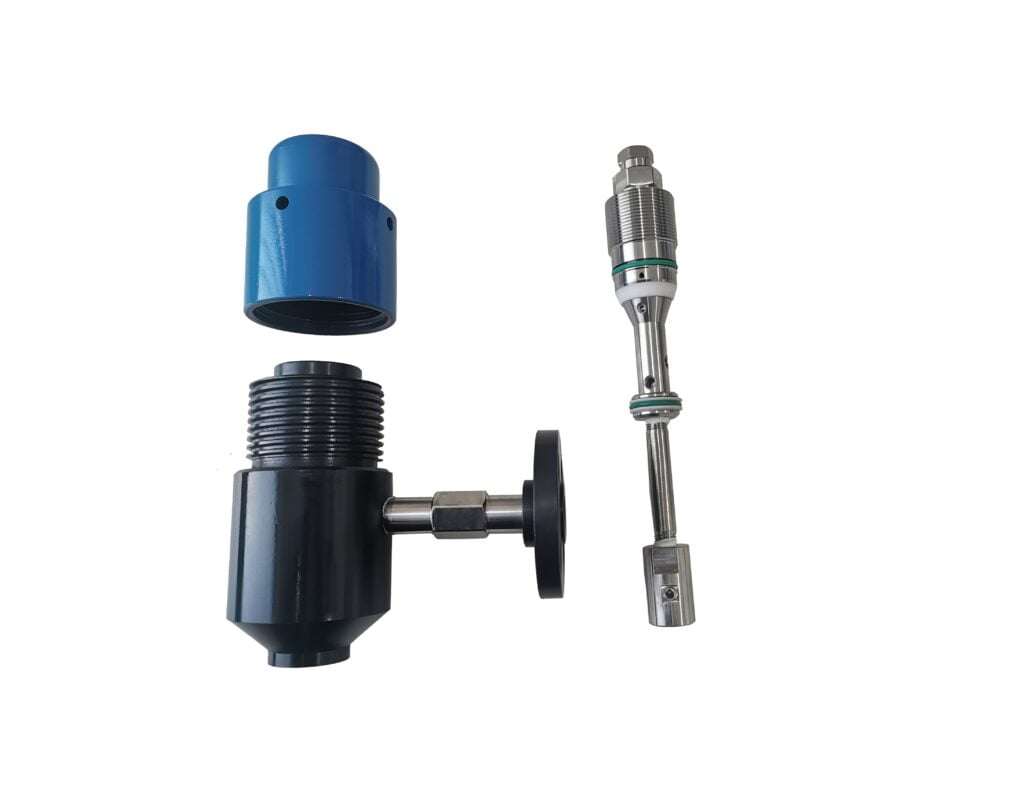
Inyección química en la corriente de pozo producido
Discutir las aplicaciones y beneficios del uso químico en la corriente de pozo producido
The use of chemicals in the produced well stream in the Oil and Gas (O&G) industry carries several benefits and applications. Se agregan productos químicos como inhibidores de corrosión, inhibidores de escala y dispersantes de parafina, entre otros, para controlar las propiedades de los fluidos producidos y proteger la infraestructura. Por ejemplo, los inhibidores de la corrosión ayudan a proteger el pozo, los tubos de producción y los equipos de superficie de los elementos corrosivos presentes en los fluidos producidos, prolongando así la vida de estos activos. Los inhibidores de la escala evitan la acumulación de escalas minerales, lo que puede obstruir la ruta de flujo y disminuir la eficiencia de producción. Los dispersantes de parafina ayudan a administrar el contenido de cera en el petróleo crudo, evitando bloqueos. These chemical applications not only optimize the flow of the well stream but also enhance the overall operational efficiency, making them an integral part of the O&G production process.
Inyección química en una mejor recuperación de aceite (EOR)
Elucidar el papel de la inyección química en EOR
La inyección química juega un papel transformador en la recuperación de aceite mejorada (EOR), una técnica utilizada para extraer aceite adicional de depósitos más allá de lo que es posible con los métodos de recuperación primaria y secundaria. En el contexto de EOR, se inyectan productos químicos como polímeros, tensioactivos y álcalis en el depósito para mejorar el desplazamiento del aceite y aumentar su movilidad hacia los pozos de producción. Los polímeros aumentan la viscosidad del agua inyectada, mejorando la eficiencia del barrido. Los tensioactivos reducen la tensión interfacial entre el aceite y el agua, lo que permite el desplazamiento del aceite atrapado, mientras que el álcalis reacciona con el aceite para formar sustancias en forma de jabón, lo que ayuda a movilizar aceite inmóvil. El uso estratégico de estos productos químicos a través de la inyección puede aumentar significativamente las tasas de recuperación de petróleo, lo que hace que la inyección química sea un componente fundamental de las estrategias EOR.
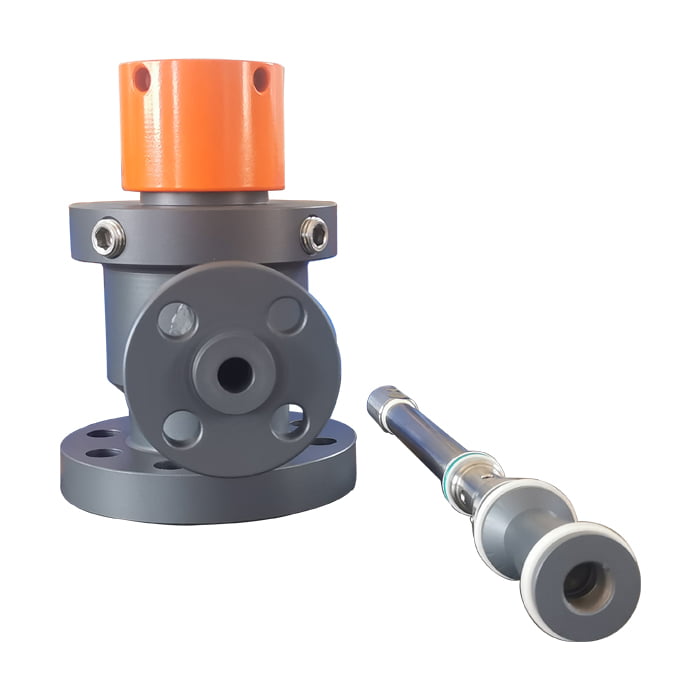
Advantages of Chemical Injection Quill in O&G
Chemical injection quills in the Oil and Gas (O&G) industry are instrumental in enhancing cost-effectiveness. Se aseguran de que los productos químicos se introduzcan uniformemente y directamente en el flujo de fluido, reduciendo la cantidad de productos químicos necesarios para un tratamiento efectivo, lo que reduce los costos de adquisición y eliminación. Además, estas plumas están diseñadas para prevenir el fluido de fluido de proceso, lo que mejora la seguridad operativa y la eficiencia y reduce aún más el desperdicio químico. No se puede exagerar el papel preventivo de las plumas de inyección química en el mantenimiento de la infraestructura. Ayudan a minimizar problemas como la corrosión y la escala en las tuberías, evitando así reparaciones costosas o reemplazos de equipos en el futuro.
Parametros basicos
| Modelo | ||||||||||||||||||||||||||||
Y | Accesorio de acceso para plumas de inyección química | |||||||||||||||||||||||||||
| -Código | Enchufar | |||||||||||||||||||||||||||
| Pxxx | Tipo | Material | Sellando Material | |||||||||||||||||||||||||
| 0 | Sin solicitud | 0 | CS | 0 | Sin solicitud | |||||||||||||||||||||||
| 1 | Hueco Cuerpo del enchufe | 1 | 316SS | 3 | DSS | 1 | Junta tórica de Viton/empaquetadura primaria de PTFE | |||||||||||||||||||||
| 2 | Cuerpo de enchufe sólido | 2 | 316LSS | 4 | INCONEL | 2 | HNBR | |||||||||||||||||||||
| – Código | Tuerca de inyección | |||||||||||||||||||||||||||
| Nxx | Tamaño de conexión | Material | ||||||||||||||||||||||||||
| 0 | es decir, sin solicitud | 0 | es decir, CS | |||||||||||||||||||||||||
| 1 | es decir. 1/4″ | 1 | es decir, 316SS | 3 | es decir, DSS | |||||||||||||||||||||||
| 2 | es decir. 1/2″ | 2 | es decir, 316LSS | 4 | es decir INCONEL | |||||||||||||||||||||||
| – Código | Inyección Tubo | |||||||||||||||||||||||||||
| Sxxx-Lx″ | Tamaño de conexión | Material | Boquilla | Tamaño de línea(x″) | ||||||||||||||||||||||||
| 0 | Sin solicitud | 0 | CS | 0 | es decir, sin solicitud | La posición más efectiva para la inyección es generalmente en el centro de la tubería. | ||||||||||||||||||||||
| 1 | es decir. 1/4″ | 1 | es decir, 316SS | 1 | es decir, abierto | |||||||||||||||||||||||
| 2 | es decir. 1/2″ | 2 | es decir, 316LSS | 2 | es decir, pluma | |||||||||||||||||||||||
| 3 | es decir, DSS | 3 | i.e. Cap & Core | |||||||||||||||||||||||||
| 4 | es decir INCONEL | |||||||||||||||||||||||||||
| – Código | Pezón y válvula(o terminar Brida) de la camiseta | |||||||||||||||||||||||||||
| txx | Tamaño de conexión | Material | ||||||||||||||||||||||||||
| 0 | es decir, sin solicitud | 0 | es decir, CS | |||||||||||||||||||||||||
| 1 | es decir, pezón de 1/4 ″ | a | es decir, boquilla y válvula de 1/4 ″ | 1 | es decir, 316SS | |||||||||||||||||||||||
| 2 | es decir, pezón de 1/2 ″ | b | es decir, boquilla y válvula de 1/2 ″ | 2 | es decir, 316LSS | |||||||||||||||||||||||
| 3 | es decir, pezón de 3/4 ″ | C | es decir, boquilla y válvula de 3/4 ″ | 3 | es decir, D SS | |||||||||||||||||||||||
| 4 | es decir, 1 ″ pezón | d | es decir, boquilla y válvula de 1 ″ | 4 | es decir INCONEL | |||||||||||||||||||||||
| 5 | es decir, brida de 1/4 ″ | mi | es decir, brida del extremo del niple de 1/4 ″ | |||||||||||||||||||||||||
| 6 | es decir, brida de 1/2 ″ | F | es decir, brida del extremo del niple de 1/2 ″ | |||||||||||||||||||||||||
| 7 | es decir, brida de 3/4 ″ | gramo | es decir, brida del extremo del niple de 3/4 ″ | |||||||||||||||||||||||||
| 8 | es decir, brida de 1 ″ | h | es decir, brida del extremo del niple de 1 ″ | |||||||||||||||||||||||||
| Por ejemplo, SI-P221-N12-S122-L4″-T22 SI:e.g. Sampling & Injection Assembly, P221: p.ej. Cuerpo de tapón sólido con junta tórica de Viton 316LSS y empaquetadura primaria de PTFE. N12: por ej. El tamaño de la conexión de la tuerca de inyección es 1/4 ″ y El material es 316LSS, S122: por ej. inyección Tubo El tamaño de la conexión es 1/4″ y El material es 316lss.le tipo de boquilla son las plumas L4″:Para tubería de 4″. T22: Pezón del tamaño de la conexión en T es 1/2 ″, El material del pezón es 316LSS | ||||||||||||||||||||||||||||
Nombre | Accesorio de acceso para plumas de inyección química | |
| Material | Acero inoxidable 304, Acero inoxidable 316, DSS F51, Acero al carbono A105N y también Inconel 625 | |
| Temperatura de funcionamiento | -20±120 | |
| Característica | En primer lugar, fácil operación | |
| En segundo lugar, alta precisión y larga vida útil. | ||
| Por último, alta eficiencia, bajo costo | ||
| Pago | TT/LC | |
| Ventaja | En primer lugar, son ligeros y flexibles. | |
| En segundo lugar, excelente eficiencia de inyección. | ||
| Por fin, seguimiento de ubicación preciso.V |
Conclusión
In conclusion, chemical injection is an integral part of the Oil and Gas (O&G) industry, serving a range of critical functions from optimizing well streams to enhancing oil recovery. By precisely controlling the introduction of chemicals, operators can manage fluid properties, prevent blockages, reduce corrosion, and facilitate efficient hydrocarbon extraction and transportation. The use of chemical injection quills further bolsters this process, ensuring even distribution of chemicals, preventing backflow, and contributing to infrastructure maintenance. Therefore, the strategic employment of chemical injection and the use of effective injection methods such as quills can significantly boost operational efficiency, extend the lifespan of key infrastructure, and result in substantial cost savings, reinforcing the indispensable nature of this technique in the O&G industry.

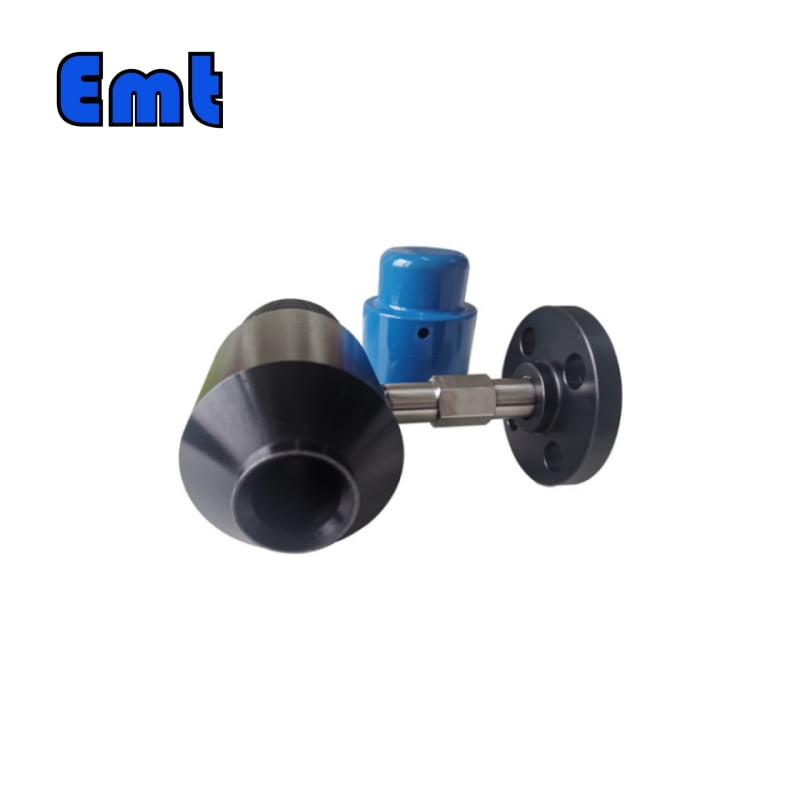
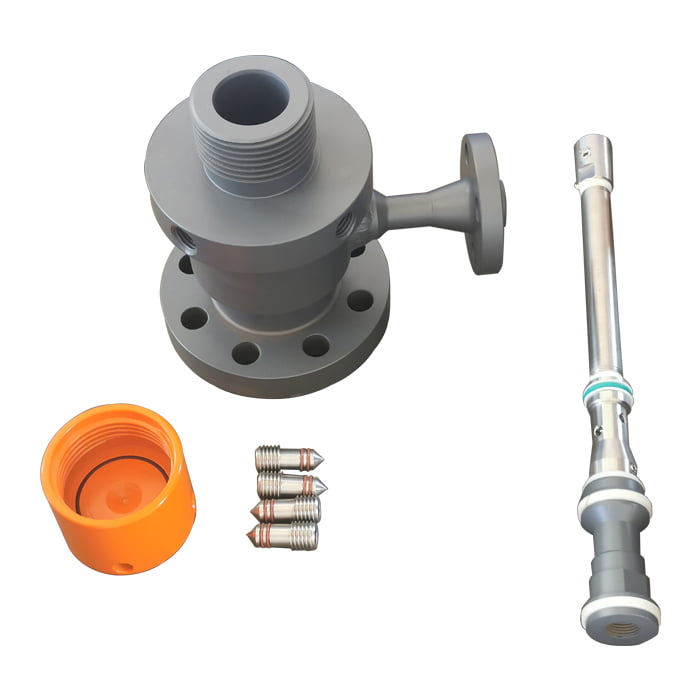
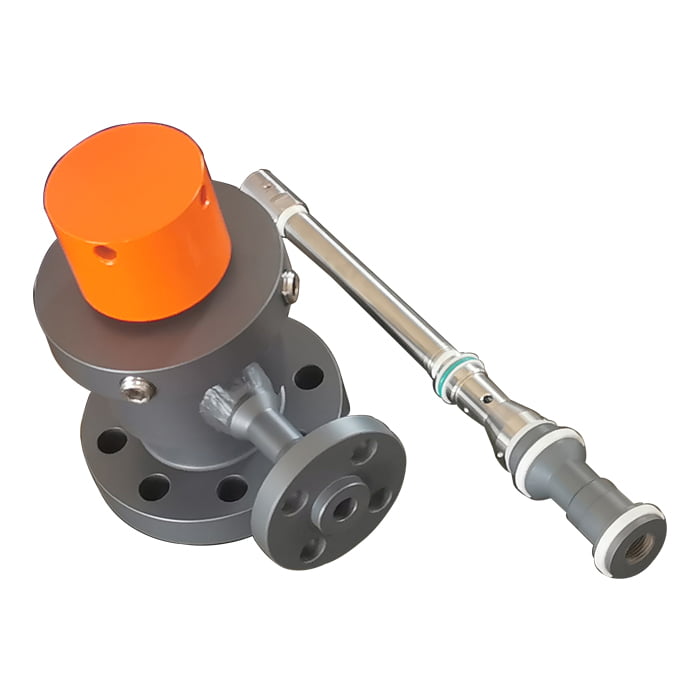
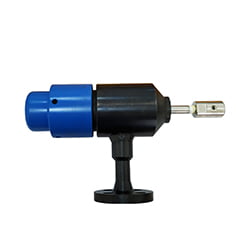
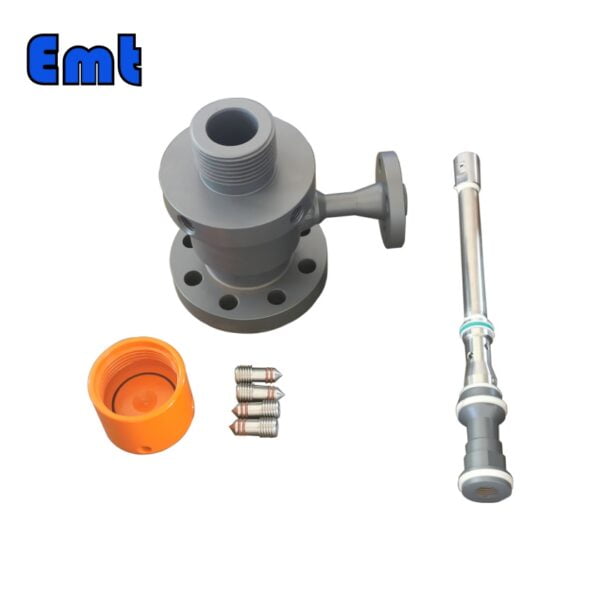
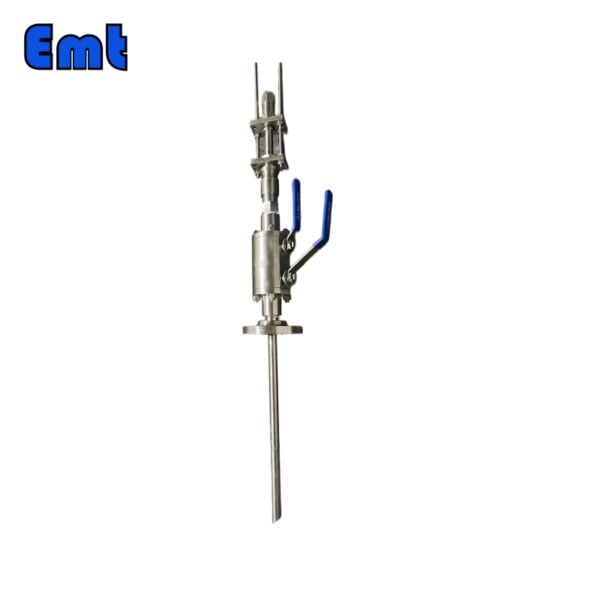
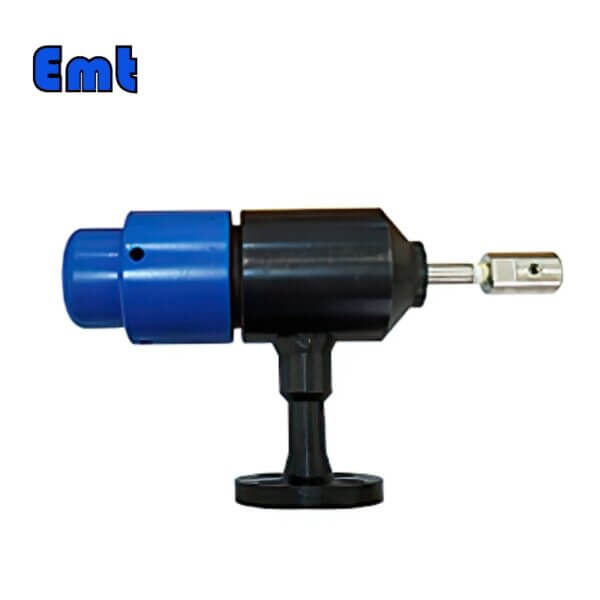
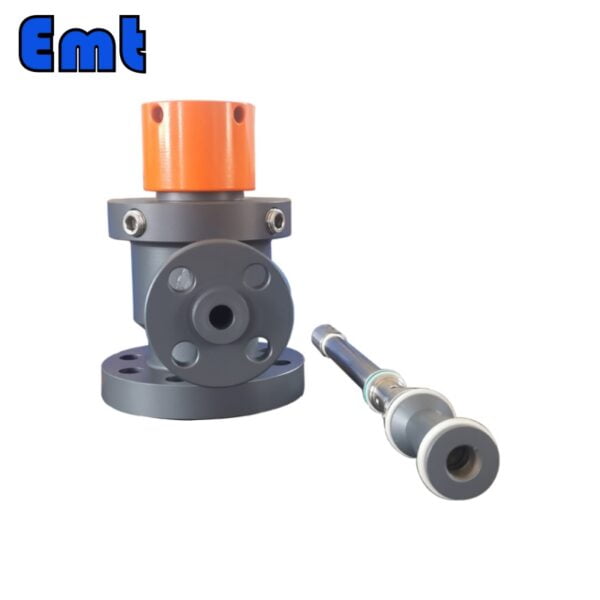
Reseñas
Aún no hay reseñas.